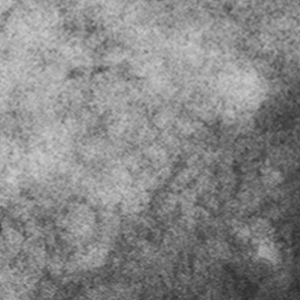How to stain nucleic acids and proteins in Miller spreads

Submitted: 30 November 2021
Accepted: 12 February 2022
Published: 25 February 2022
Accepted: 12 February 2022
Abstract Views: 813
PDF: 305
HTML: 34
HTML: 34
Publisher's note
All claims expressed in this article are solely those of the authors and do not necessarily represent those of their affiliated organizations, or those of the publisher, the editors and the reviewers. Any product that may be evaluated in this article or claim that may be made by its manufacturer is not guaranteed or endorsed by the publisher.
All claims expressed in this article are solely those of the authors and do not necessarily represent those of their affiliated organizations, or those of the publisher, the editors and the reviewers. Any product that may be evaluated in this article or claim that may be made by its manufacturer is not guaranteed or endorsed by the publisher.
Similar Articles
- Valentina Alda Carozzi, Chiara Salio, Virginia Rodriguez-Menendez, Elisa Ciglieri, Francesco Ferrini, 2D vs 3D morphological analysis of dorsal root ganglia in health and painful neuropathy , European Journal of Histochemistry: Vol. 65 No. s1 (2021): Special Collection on Advances in Neuromorphology in Health and Disease
- Y. Asara, J. A. Marchal, P. Bandiera, V. Mazzarello, L. G. Delogu, M. A. Sotgiu, A. Montella, R. Madeddu, Cadmium influences the 5-Fluorouracil cytotoxic effects on breast cancer cells , European Journal of Histochemistry: Vol. 56 No. 1 (2012)
You may also start an advanced similarity search for this article.

 https://doi.org/10.4081/ejh.2022.3364
https://doi.org/10.4081/ejh.2022.3364







